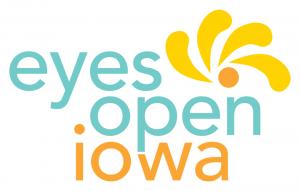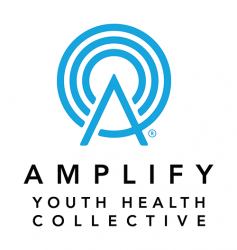Puberty and Adolescent Development: Growing Pains and Gains will increase middle and high school health professionals’ knowledge of the changes commonly associated with puberty and go beyond the basics for a more complete picture of adolescence. At the end of this workshop, participants will feel equipped to speak with students about some of the more challenging aspects of adolescence, like developing healthy self-concept, addressing negative influences, and making more independent decisions.
Format/platform:
- Online Learning Management System (Canvas e-learning), hosted by Rutgers University
- Six-hours of total contact time utilizing videos, podcasts, instructional games, discussion boards, written assignments, presentations, readings, and visual animations
- Asynchronous
- Instructor-led
All content is aligned to the National Sexuality Education Standards, the National Teacher Preparation Standards for Sexuality Education, the Professional Learning Standards for Sex Education, and the Areas of Responsibility and Competencies for Health Education Specialists.





